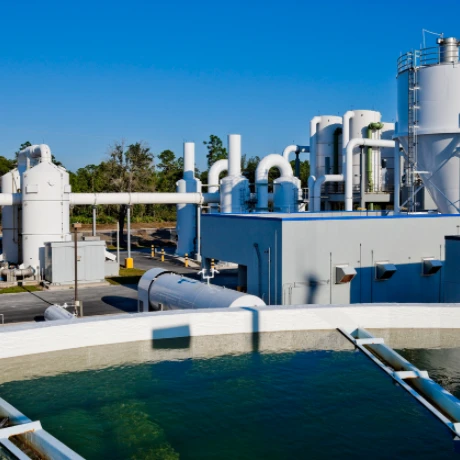



algae control for swimming pools
Algae Control for Swimming Pools Essential Tips and Techniques
Algae growth in swimming pools is a common issue that pool owners face, especially during warm weather when sunlight and heat create ideal conditions for these microscopic organisms to thrive. Left unchecked, algae can turn your swimming pool into a green, unsightly mess, making it uninviting and potentially hazardous. Therefore, understanding how to control and prevent algae growth is crucial for maintaining a clean and safe swimming environment. Here are some essential tips and techniques to help you keep your pool algae-free.
Understanding Algae Types
Before diving into prevention strategies, it's important to understand the different types of algae that can affect your pool. The most common types include green algae, which are easily visible and often float on the surface; black algae, which can cling stubbornly to pool surfaces; and mustard algae, which resembles yellow-brown patches. Each type requires specific treatment methods, so recognizing the type of algae present in your pool is the first step in effective control.
Regular Maintenance
One of the best ways to combat algae growth is through regular pool maintenance
. This includes routine cleaning practices such as1. Skimming the Surface Use a skimmer net to remove leaves, debris, and organic matter from the water's surface, as these can contribute to algae growth.
2. Brushing Walls and Floor Use a pool brush to scrub the walls and floor of the pool weekly. This helps dislodge algae and prevents its establishment.
3. Vacuuming Regularly vacuum your pool to remove any debris that has settled at the bottom, as organic material can provide a food source for algae.
algae control for swimming pools

4. Maintaining Water Chemistry Keeping the water chemistry balanced is crucial. Regularly test the pH, chlorine levels, and alkalinity. The ideal pH level should be between 7.2 and 7.6. Ensure that chlorine levels are sufficient to kill pathogens and prevent algae growth.
Shock Treatment
If you notice algae starting to form, a shock treatment can help eliminate the problem. This involves adding a large dose of chlorine to the pool to quickly raise the chlorine level. This process destroys algae, bacteria, and other contaminants. After shocking the pool, keep the filtration system running for at least 24 hours and retest water levels afterward.
Use of Algaecides
In addition to regular maintenance and shock treatments, consider using an algaecide as a preventive measure. Algaecides are chemical treatments specifically designed to inhibit algae growth. There are various types available; some work instantly, while others are formulated for long-term prevention. Always follow the manufacturer’s instructions when applying algaecides.
Environmental Considerations
Reducing sunlight exposure can help minimize algae growth. Using pool covers when the pool is not in use can limit sunlight and keep the water cleaner by preventing debris accumulation. Additionally, surrounding landscaping should be managed to prevent leaves and other organic materials from entering the pool.
Conclusion
Preventing and controlling algae in swimming pools requires diligence and regular maintenance. By understanding the types of algae, maintaining balanced water chemistry, conducting routine cleaning, and employing shock treatments or algaecides, pool owners can ensure their swimming oasis remains clean, safe, and enjoyable for everyone. With the right approach, you can keep your pool inviting and free of algae, allowing for a refreshing swimming experience all summer long.
-
Why Strontium Carbonate Still MattersNewsJun.06,2025
-
Why BaSO4 MattersNewsJun.06,2025
-
Why Barium Carbonate Still MattersNewsJun.06,2025
-
Strontium Hydroxide: A Versatile Compound for Modern ApplicationsNewsJun.06,2025
-
Strontium Chloride in Daily IndustryNewsJun.06,2025
-
Pure Potassium Nitrate for SaleNewsJun.06,2025
-
What Is Sodium Bisulfate Used For?NewsMay.15,2025










